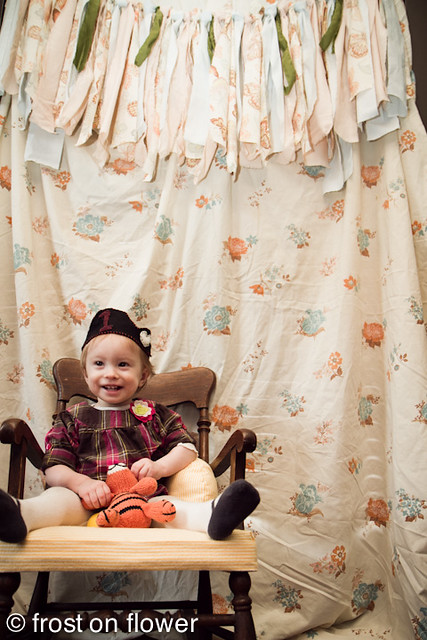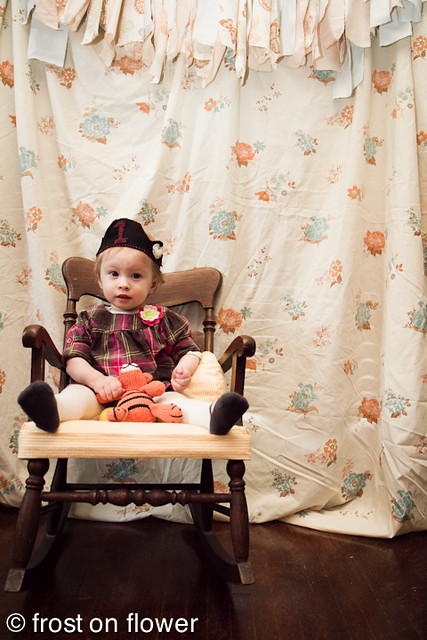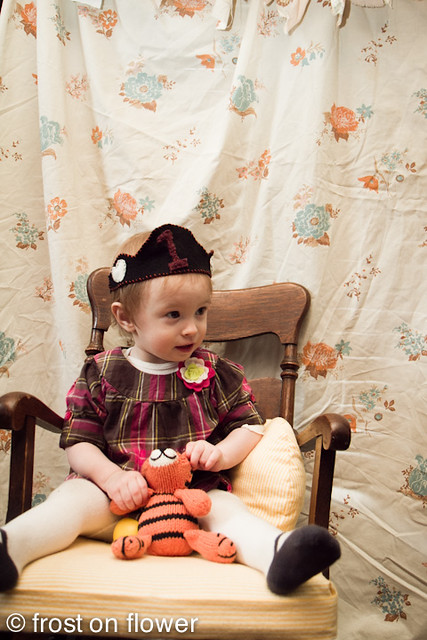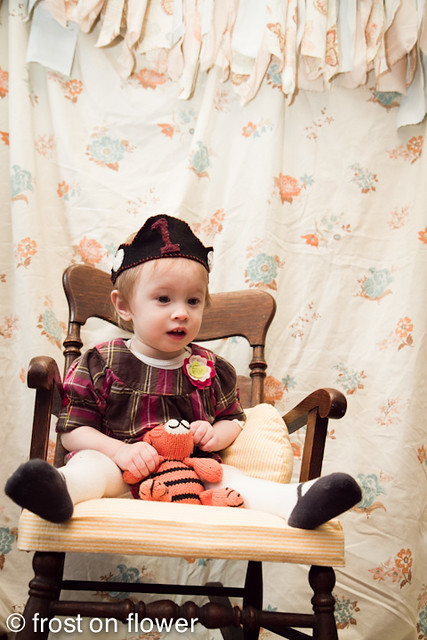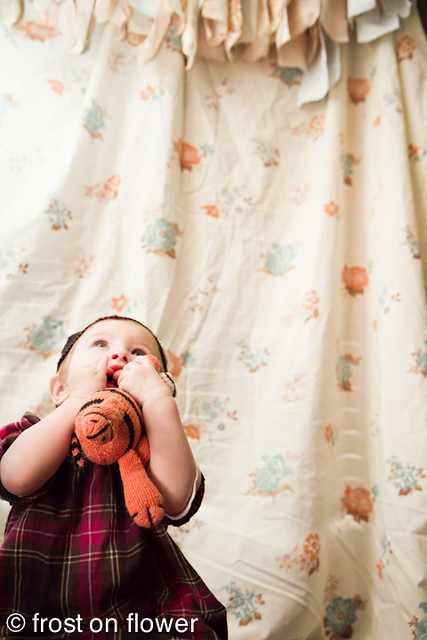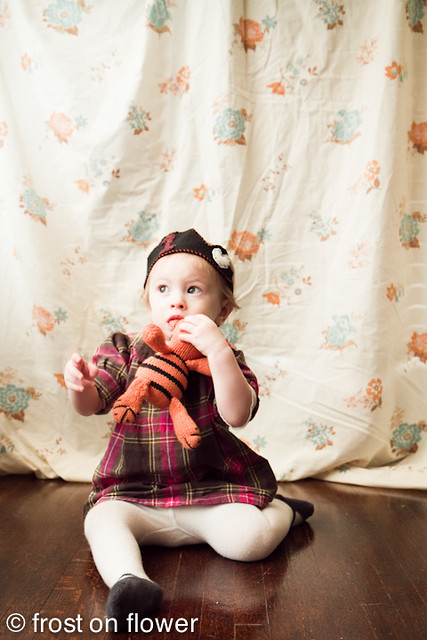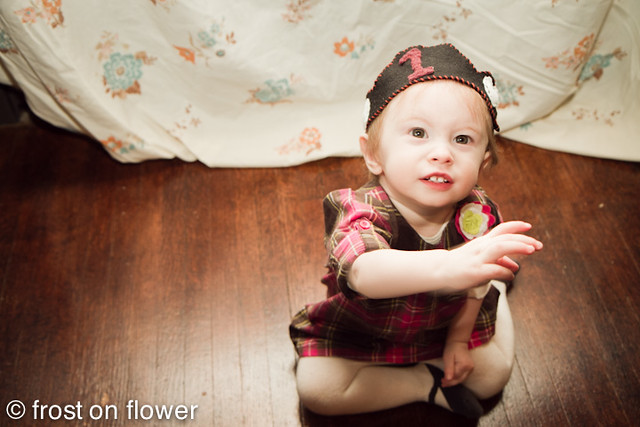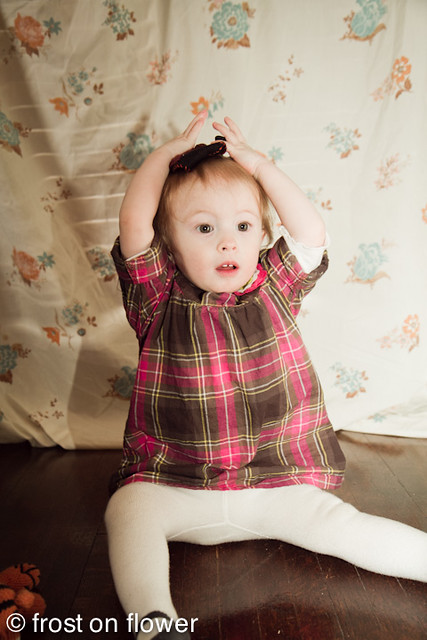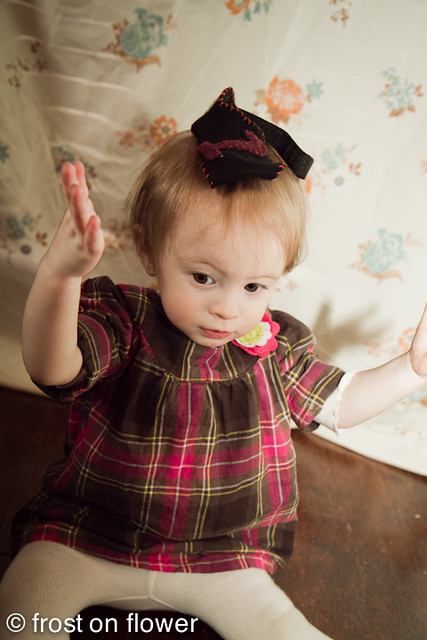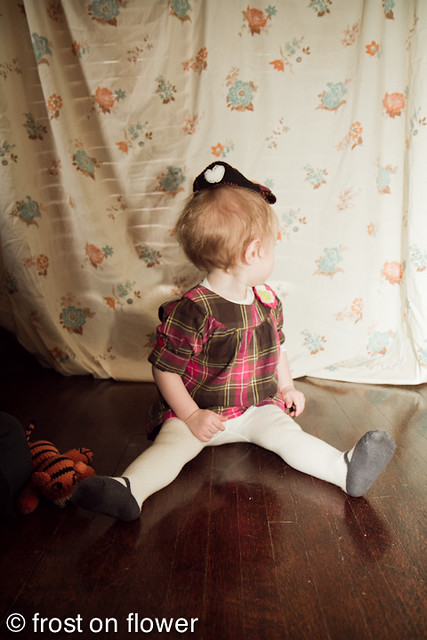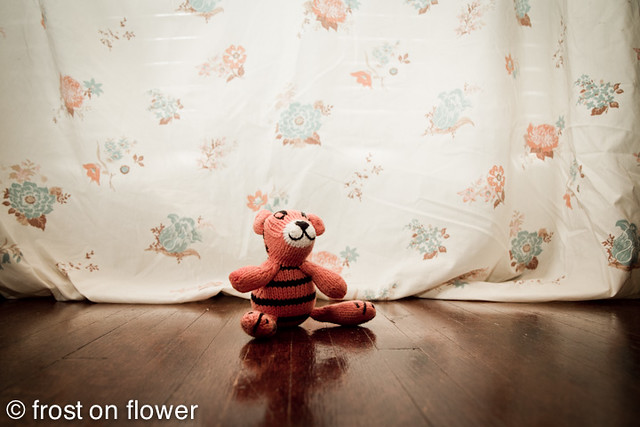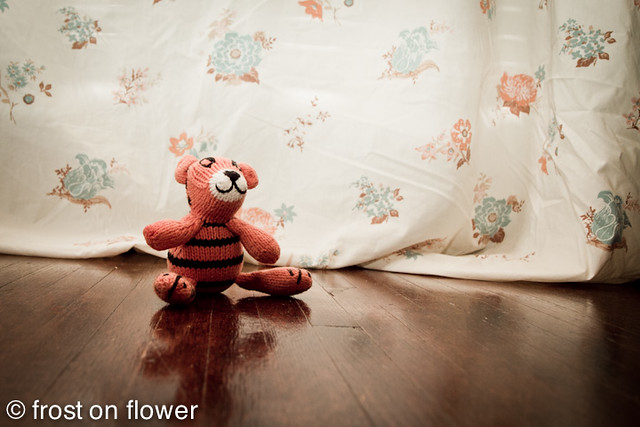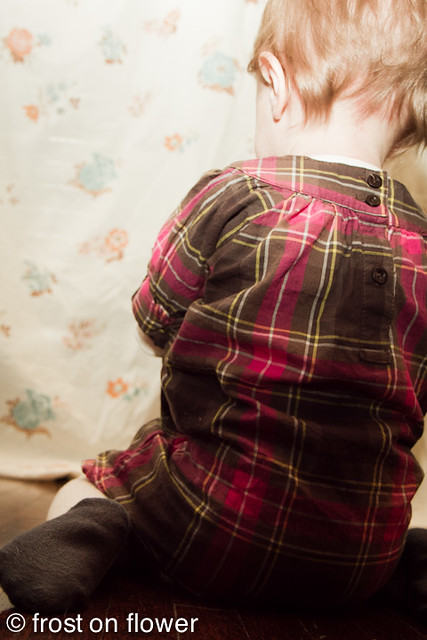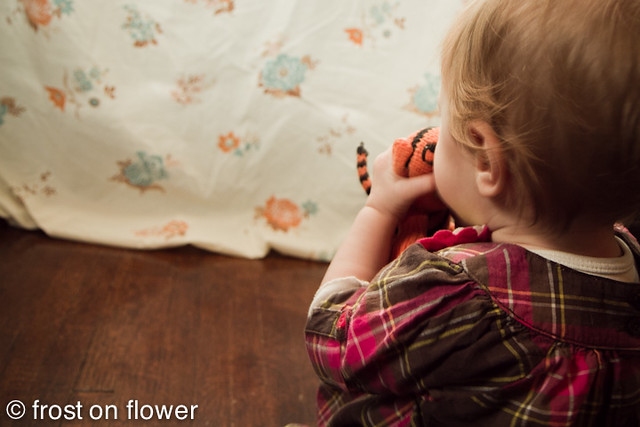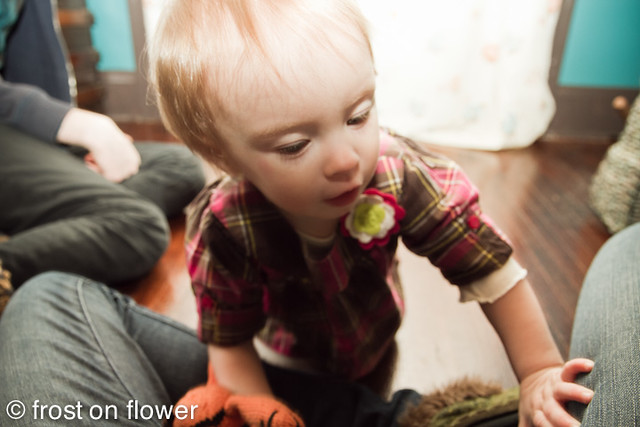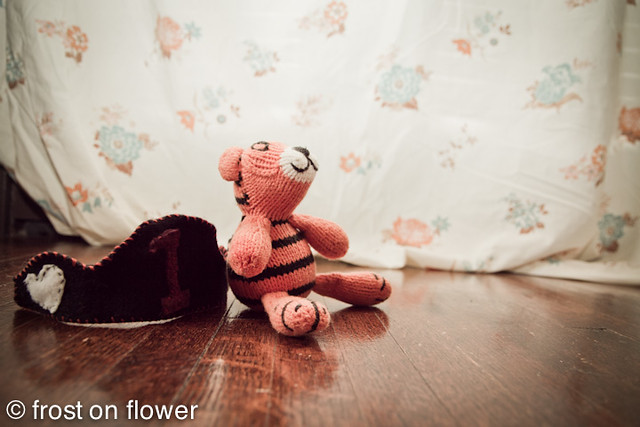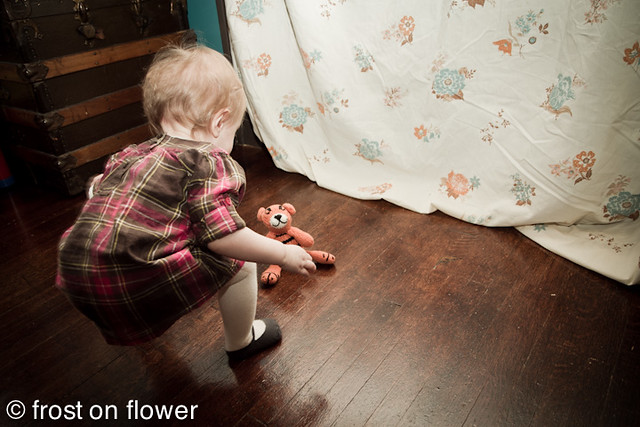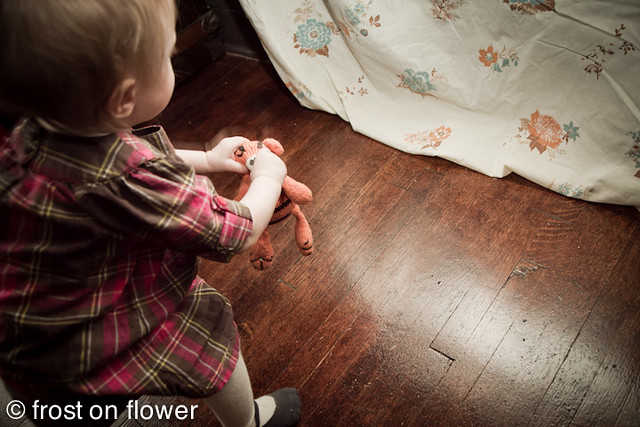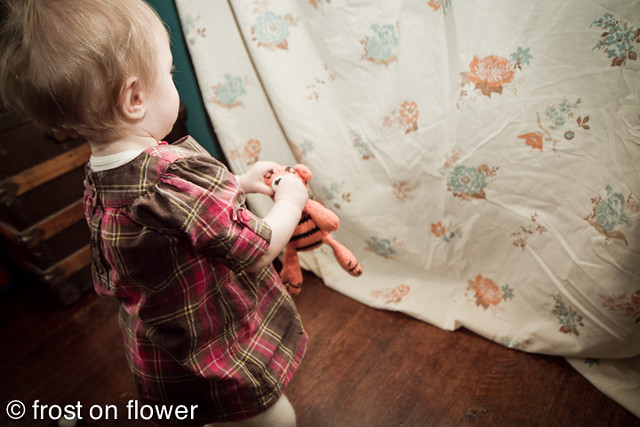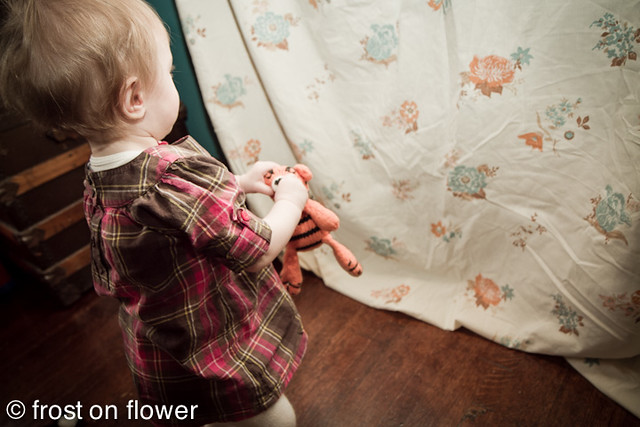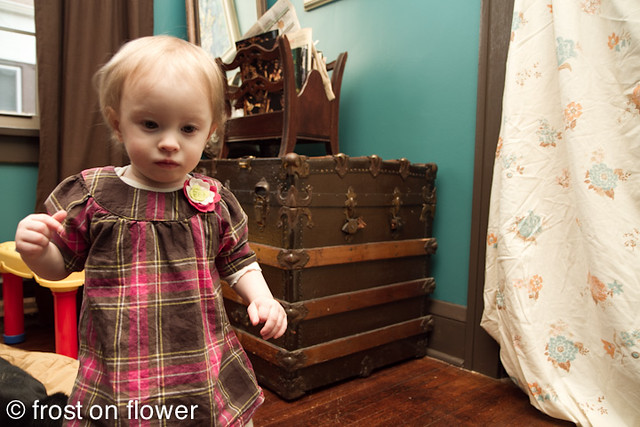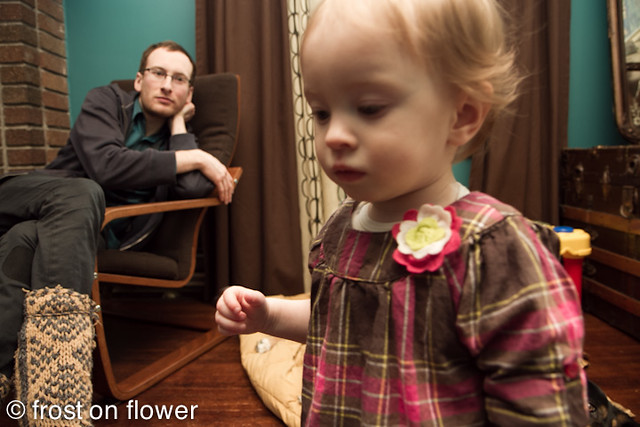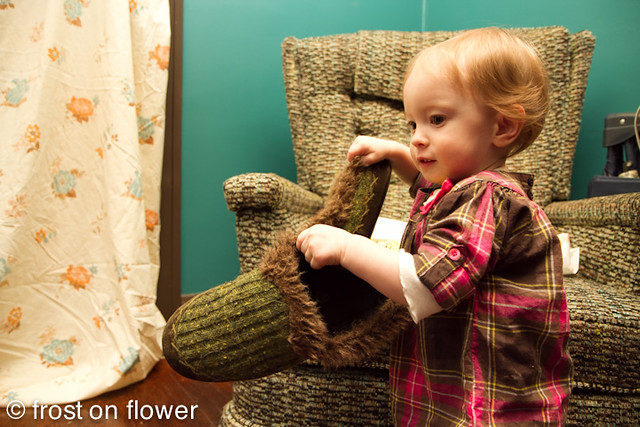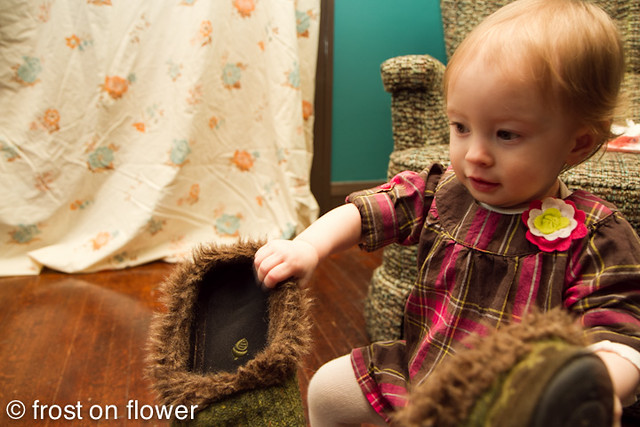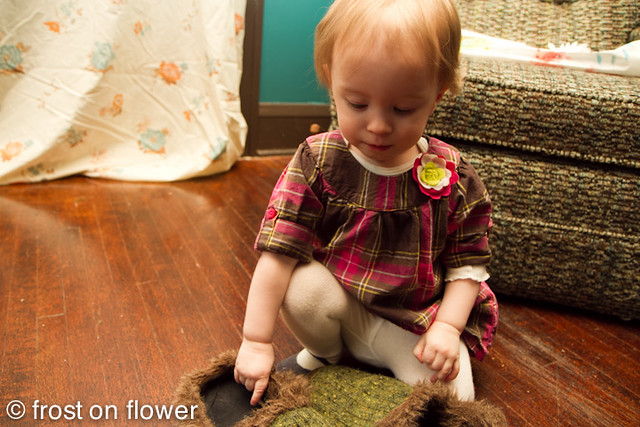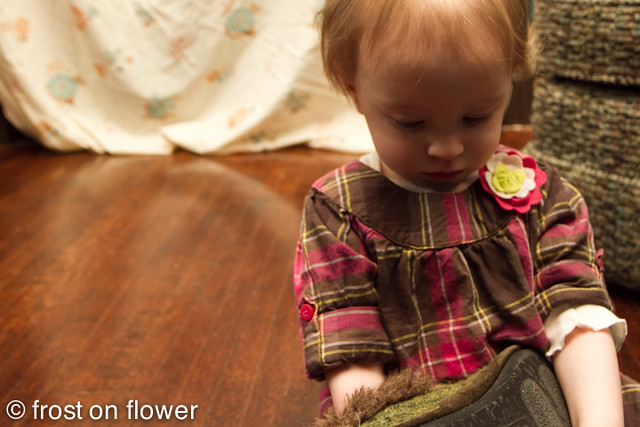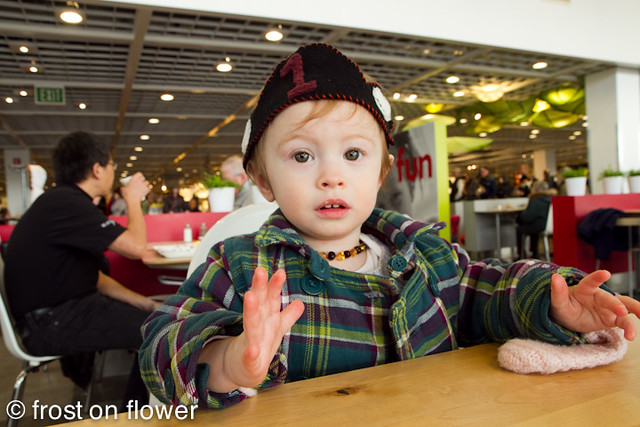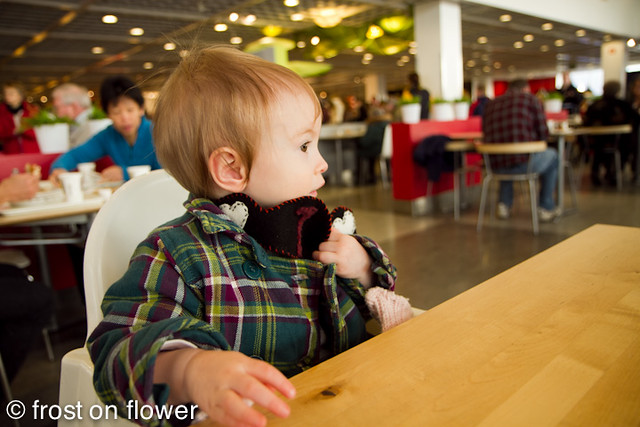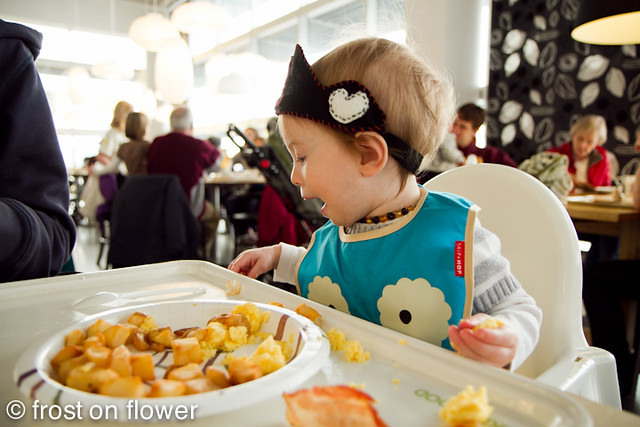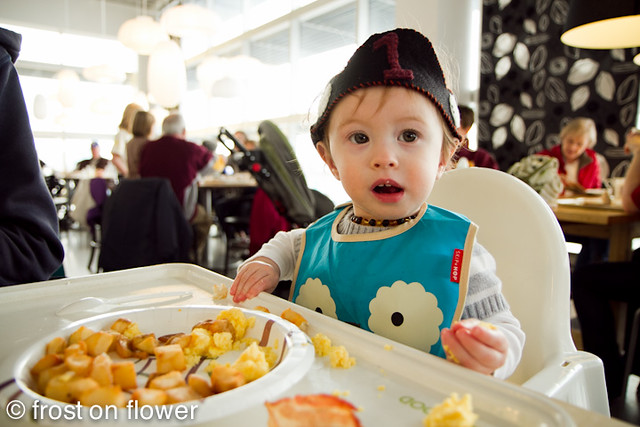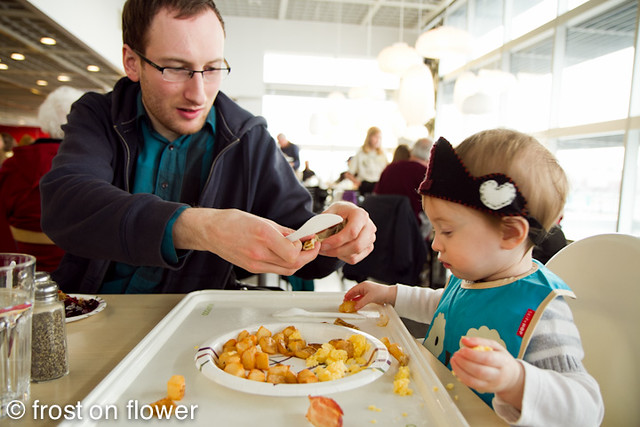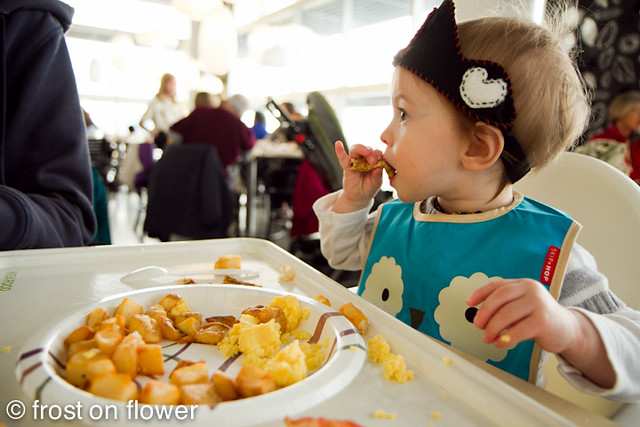We recently started getting a lot of milk thanks to WIC. We don't really drink much milk so it's been interesting. We don't have to accept it everything that our monthly checks are for but I would like to try to put it all to good use if I can. I've been making sugar free kheer way too often. Last weekend I gave yogurt a try and I was so impressed at how easy it was and how yummy it is!
I started by googling how to make yogurt. I came up with quite a few different strategies and kept searching until I found one that would work for me, at Kitchen Stewardship. I had to reread the post a few times.. it's really long and wordy.. so I'm reposting everything that I did here for both future reference for myself and for you. :)
What you'll need:
Glass containers with lids
A large pot (that will hold your glass jars)
A dish cloth
Milk (any type you like)
Starter yogurt (2 Tbsp for every 4 cups of milk) (with live active cultures and no extra ingredients)
Thermometer
Spoon
Towels
Timer or clock
I started by sterilize four large glass canning jars along with their lids, a thermometer, and a spoon in a pressure cooker.
After letting them air dry I put the dish cloth in the bottom of the pressure cooker and put the clean jars on top. I added approximately three cups of milk into each jar (I used a mixture of whole and 2% milk).

I did my best to secure the sterilized thermometer to one of the jars and I filled the pressure cooker with warm water to about the same level as the milk.
I turned the burner to medium, sealed the lid (with the weight off) and waited. Every 15 minutes or so I peeked in.
Your goal is to heat the milk to 185 degrees.

Once it reaches 185 degrees you have successfully sterilized the milk. This would be a good time to take your starter yogurt out of the refrigerator so it isn't too chilly when you mix it in.
Put the lids on the jars.
After sterilizing the milk it needs to cool to somewhere between 90-110 degrees for the incubation period. My thermometer does not go that low so I shot for a bit under the lowest mark of 120.
There are many options available for cooling the milk. I put the jars in the sink and then added tap water. Unfortunately this cracked one of the jars which is why the water in the photo below looks cloudy. Next time I will simply let the jars sit on the counter. It will be a longer wait but I won't risk cracking a jar.

Make sure you keep the thermometer clean as you move it around during these steps. Check the temperature of the milk as often as you see fit.
When it reaches the desired temperature (between 90 and 110 degrees) add the starter yogurt. Since I lost one jar I was down to three (9 cups of milk, so I added about 1.5 Tbsp of yogurt to each jar). Gently add the yogurt and stir.
Incubate the milk/yogurt mixture between 90 and 120 degrees anywhere from 4-24 hours.
I first put the pressure cooker full of boiling water into the oven on top of a towel. The jars were outside of the canner right next to it, wrapped up in the towels. Every so often I switched the pressure canner out with a tea pot in order to keep warm water inside. Keep in mind that every time you open the door or check the temperature you will be losing heat. This is one of a number of ways to incubate the yogurt.
Unfortunately I realized that I needed the oven to make dinner so I had to make a quick switch, which is generally not preferred.. you should keep the yogurt as still as possible during incubation as the bacteria multiply.

I grabbed our cooler, lined it with a towel, added the tea pot of boiling water, nestled the jars next to the tea pot and covered them with a towel before closing the lid.

I let the yogurt incubate for seven hours. After seven hours I had three jars of yogurt!

The separation is normal.. just like you would find in most store bought yogurt. Simply mix it together if you like. Or reserve it for another use.

Place your jars in the freezer for an hour to quickly cool the yogurt and get a sturdier texture.
Overall it was a really simple process. The incubation period was slightly complicated due to having to move everything. Bad planning on my part. I hope to not break a jar next time. Clean up is a breeze, your yogurt is already in the containers that you'll store it in.
The temperature to which you cool the milk and your length of incubation both influence the taste and texture of the yogurt. Play around with it until you get what you like. Shorter incubation will be sweeter. Longer incubation will have less lactose.
Thanks to Kitchen Stewardship for the tutorial. :)

